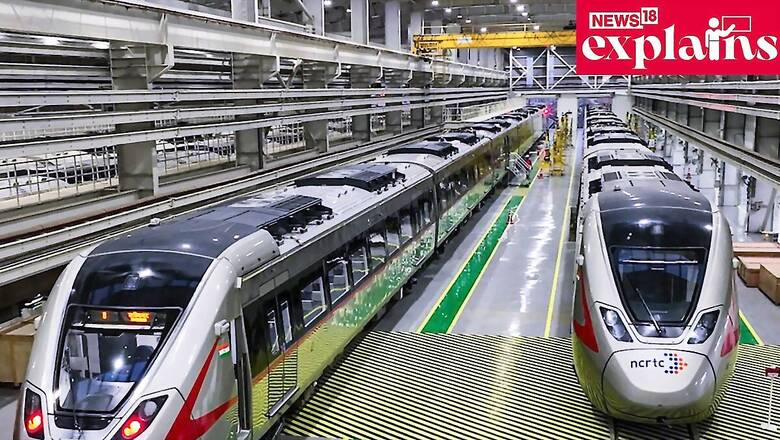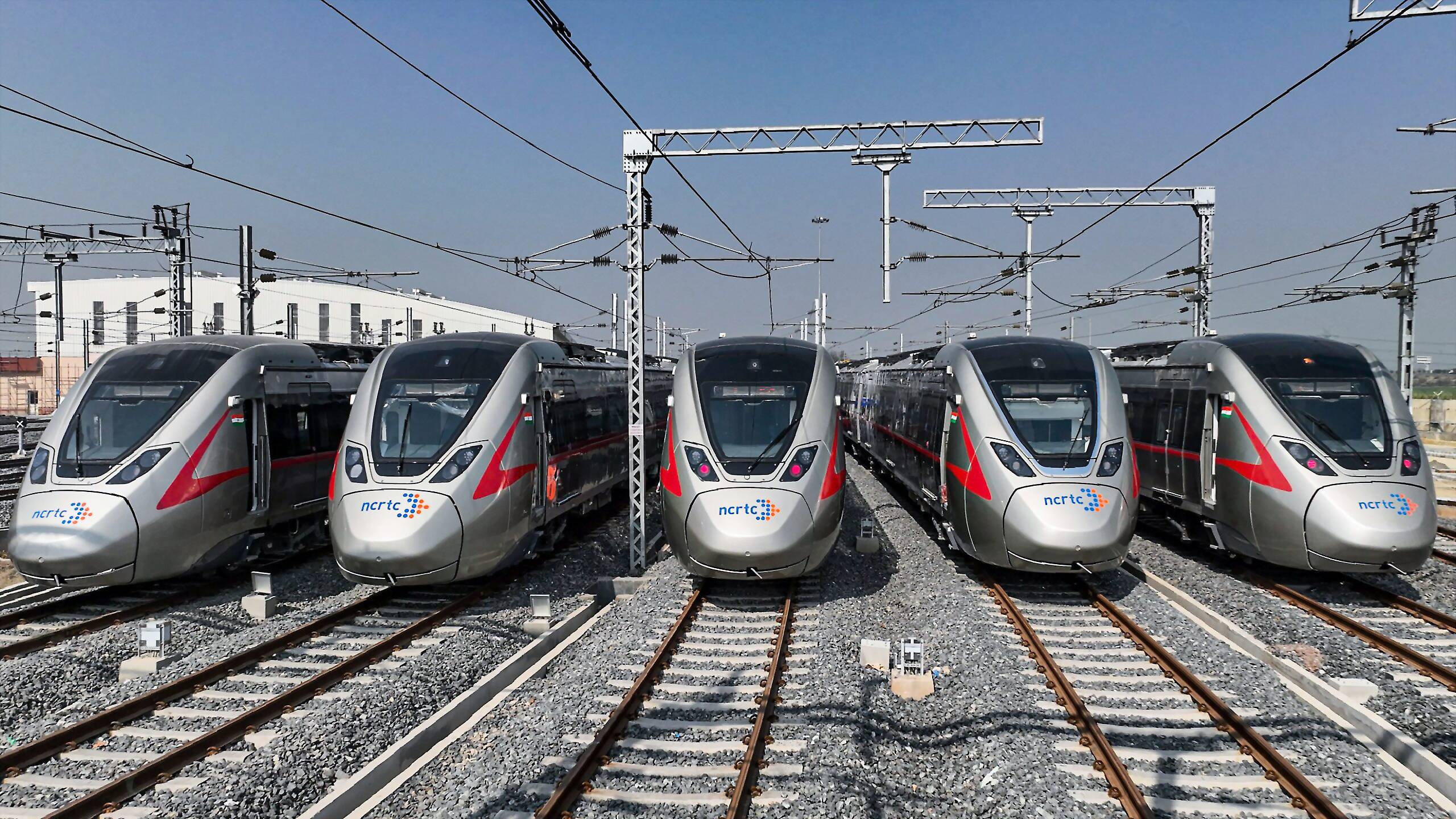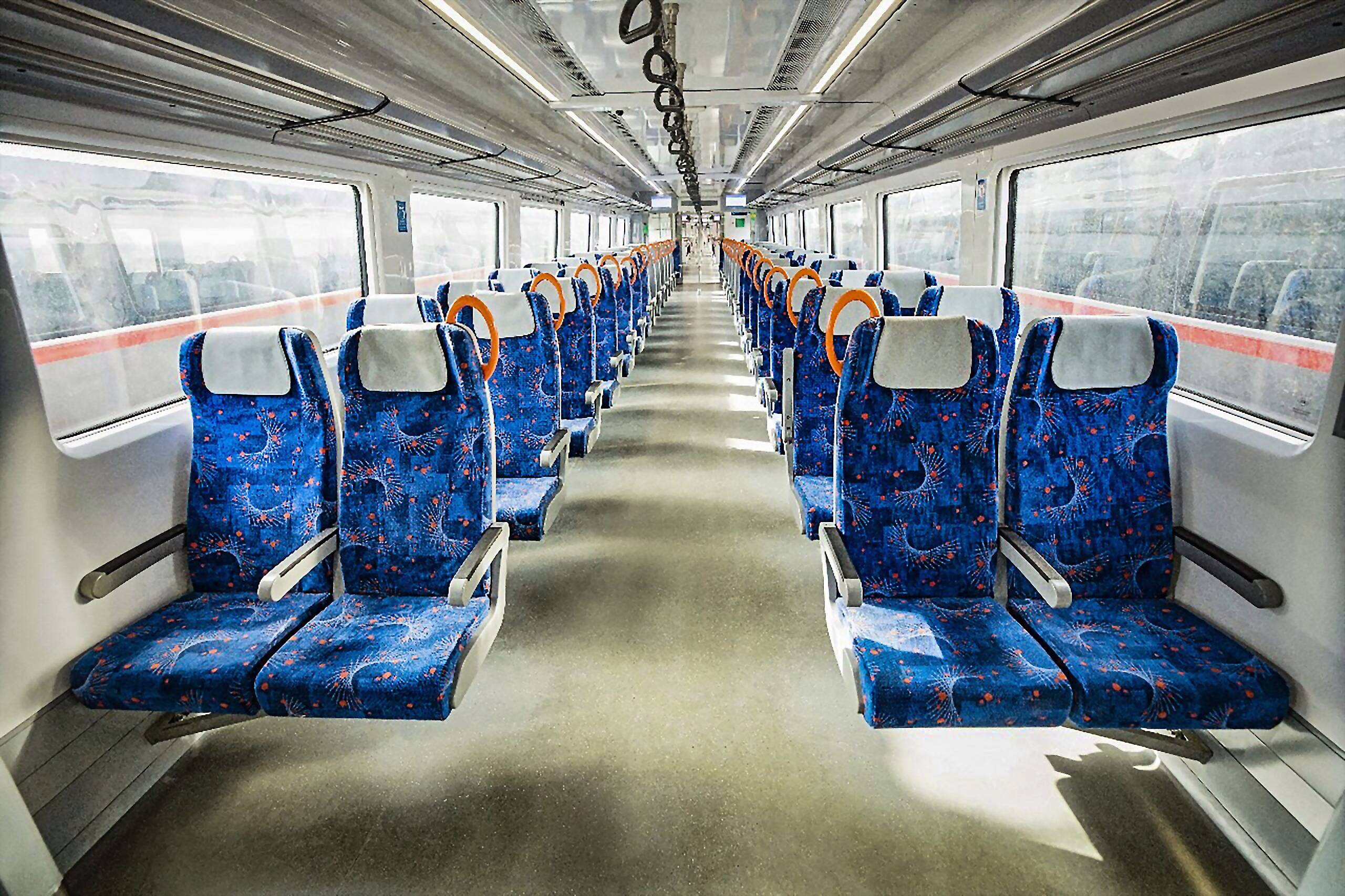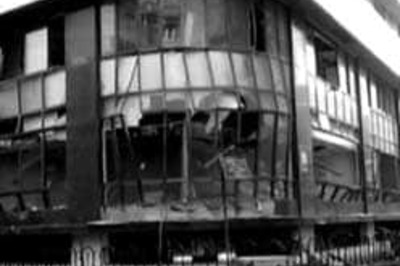
views
Prime Minister Narendra Modi on Friday inaugurated the maiden journey on the 17-km priority section of the Regional Rapid Transit System (RRTS) train or RAPIDX, the country’s first mass rapid system dedicated to regional connectivity.
PM Modi showed the green flag to the train connecting Sahibabad and Duhai Depot stations, marking the launch of the RRTS in India. The train can run at a speed of 180 km per hour and reduce travel time between Delhi and Meerut to a little less than an hour.
WHAT IS REGIONAL RAPID TRANSIT SYSTEM?
Regional Rapid Transit System, a high-speed rail-based commuter transit service, marks the beginning of a new era of state-of-the-art ultra-modern urban commutes in the country.
The new rail-based transit system is high-speed and high-frequency commuter connecting regional nodes in NCR and is aimed to ensure “balanced and sustainable urban development”.

The inauguration ceremony took place at Sahibabad station of the Delhi-Ghaziabad-Meerut RRTS corridor, which once fully completed, will reduce travel time between Delhi and Meerut to a little less than an hour.
The RRTS has been designed to reach a speed of 180 km per hour, while the operational speed it 160 km per hour. It is a “transformational” regional development initiative, which is designed to provide high-speed trains for intercity commuting every 15 minutes, which can go up to a frequency of every five minutes according to requirements, the Prime Minister’s Office earlier said.
FEATURES OF REGIONAL RAPID TRANSIT SYSTEM
The Delhi-Ghaziabad-Meerut RRTS is being developed for more than Rs 30,000 crore and will connect Delhi to Meerut in less than an hour of travel time passing through Ghaziabad, Muradnagar, and Modinagar.
The first semi-high-speed regional rail service equipped with hi-tech features and a number of passenger amenities will be opened for passengers from October 21.
The train, which can run at a speed of 180 km per hour, will be known as “Namo Bharat”, Union Minister Hardeep Singh Puri has said.

The 17 Km priority section of the Delhi-Ghaziabad-Meerut RRTS Corridor will run between Sahibabad and Duhai Depot and has five stations — Sahibabad, Ghaziabad, Guldhar, Duhai and Duhai Depot. The segment from Duhai to Duhai Depot is a spur from the main corridor. The entire 82.15 km Delhi-Ghaziabad-Meerut RRTS is targeted to be operational by June 2025.
The transit system will provide safe, reliable and modern intercity commuting solutions in the country and will have an extensive multi-modal integration with Railway stations, Metro stations, Bus services etc.
WHO IS RRTS DIFFERENT FROM METRO?
Apart from being faster, the RRTS network is different from metro services as it caters to passengers looking to travel relatively longer distances with fewer stops and at higher speeds.
It also differs from the conventional railway system as it will provide reliable, high frequency, point-to-point regional travel at high speed along a dedicated path way, the National Capital Region Transport Corporation (NCRTC), which has built the project, said on its website.
While the Delhi Metro Rail Corporation’s fastest line, the Airport Express Line, operates at a speed of 120 km per hour, the RRTS on the other hand will travel up to the speed of 180 km per hour.
The transit system provides a new, dedicated, high-speed, high-capacity, comfortable commuter service connecting regional nodes in NCR.
The RRTS system is modelled on European railway systems like RER suburban trains in Paris, Regional-Express trains in Germany and Austria and the SEPTA Regional Rail in the United States.
WHY RRTS HAS BEEN INAUGURATED?
Delhi, being one of the biggest cities with a huge population, not only offers a lot of job opportunities but also better education and healthcare. Therefore, the capital witnesses a huge inflow of traffic from neighbouring cities of Uttar Pradesh and Haryana like Muradnagar, Modinagar, Meerut, Faridabad, Ballabgarh, and Palwal.
It witnesses a huge flow of traffic from nearby cities, including Hapur, Rohtak, Khurja, and Panipat, to name a few. The massive influx not only puts pressure on roads but also causes air pollution. Therefore, a faster alternative for mass movement from these cities will reduce migration, fuel use, travel time, congestion, and traffic on roads, as well as pollution.
The project is aimed at pushing the employment generation and opening up of newer commercial hubs across NCR.
In view of this, a total of eight RRTS corridors have been planned to be developed in NCR, out of which three corridors have been prioritised to be implemented in Phase-I including Delhi – Ghaziabad – Meerut Corridor; Delhi – Gurugram – SNB – Alwar Corridor; and Delhi – Panipat Corridor.
The other corridors which are also part of the long-term plan include the Delhi – Faridabad – Ballabgarh – Palwal Corridor; Ghaziabad – Khurja Corridor; Delhi – Bahadurgarh – Rohtak Corridor; Ghaziabad-Hapur Corridor; and Delhi-Shahadra-Baraut Corridor.


















Comments
0 comment